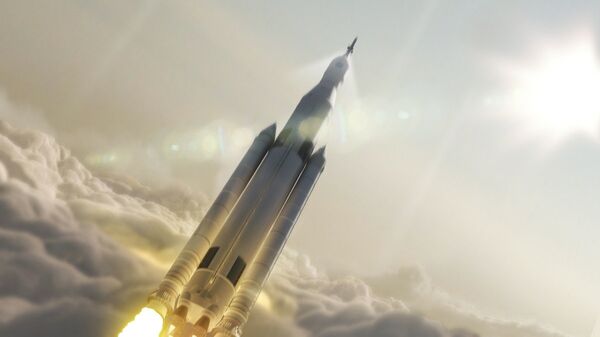The test at the Stennis Space Center in Mississippi was the sixth of seven planned hot-fire trials for the RS-25, which also served as the main engine for NASA's now-retired space shuttle fleet.
The seven-test series is "designed to put the upgraded former space shuttle main engines through the rigorous temperature and pressure conditions they will experience during a launch," NASA officials said in a statement.
In crewed missions the first stage of the SLS, to be topped by NASA's Orion capsule, which is also in development, will be powered by four RS-25 engines.
The SLS and Orion are scheduled to blast off together for the first time in late 2018, on a flight known as Exploration Mission 1 (EM-1).
The seven-day EM-1 will send an uncrewed Orion on a journey around the moon, to test out many of the capsule's key systems.
The initial version of SLS will stand 98 meters tall and be capable of lofting 77 tons to low Earth orbit. But NASA also plans to develop an "evolved" 117 meter-long SLS version that can loft 143 tons and generate about 20 percent more thrust than the agency's famed Saturn V rocket, which sent the Apollo missions on their way to the moon.



